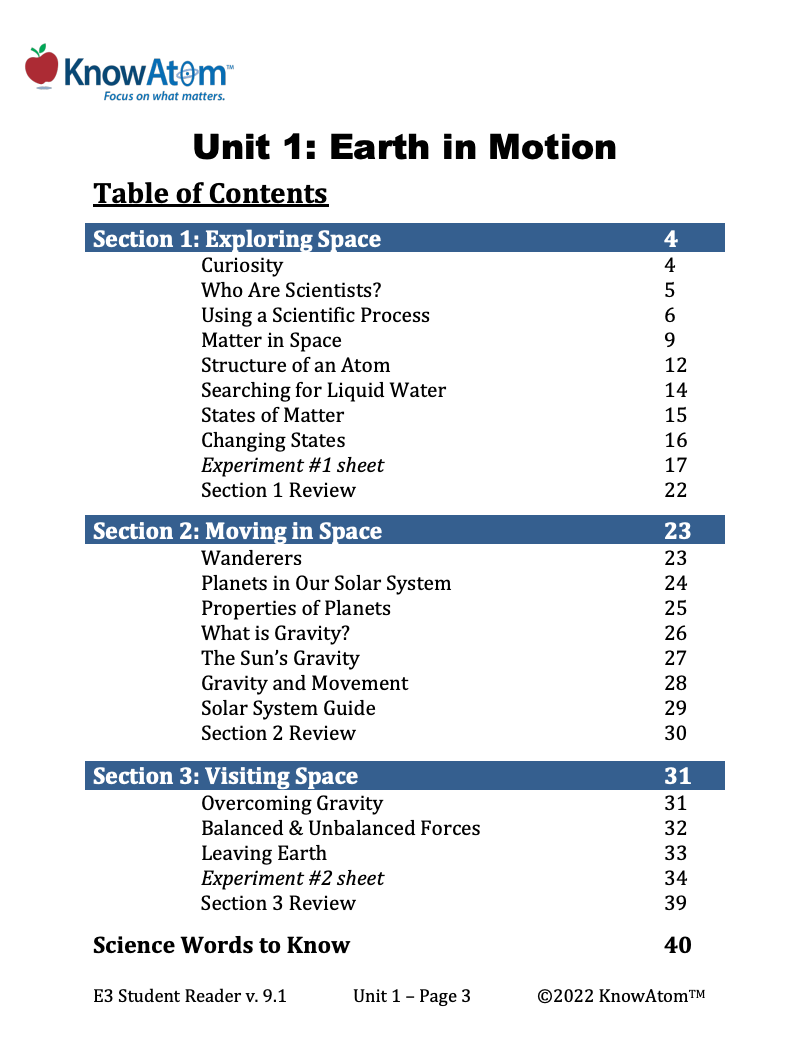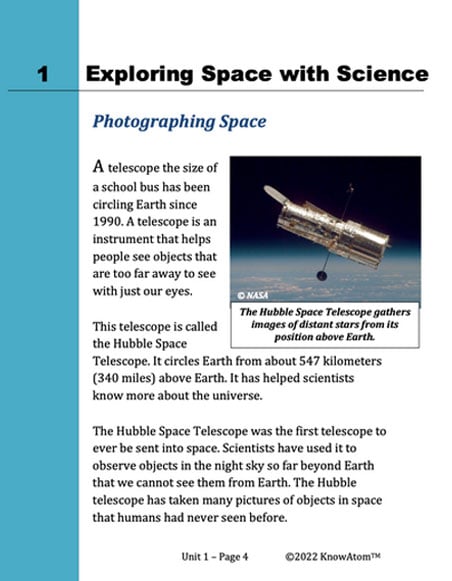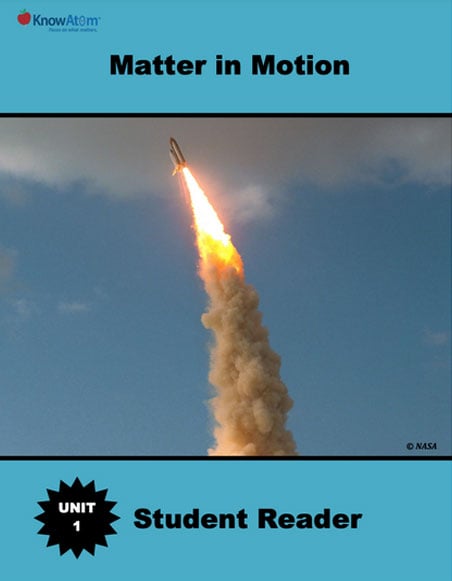
In this lesson, students model the solar system and analyze Earth’s place in the system as well as how the force of gravity causes the planets to move around the sun in predictable, regular paths. This page serves to highlight the key components of this lesson.

In this unit, students explore the science phenomena of how all matter in the universe is made up of different combinations of atoms formed from chemical reactions. In this lesson, students use scale models to compare properties of the Sun, Moon, and Earth. This page is a high-level extract of this lesson.

In this unit, students discuss how all matter in the universe is made up of different combinations of atoms formed from chemical reactions. They use scale models to compare properties of the sun, moon, and Earth, and then use that knowledge to analyze the science phenomena of how patterns are formed by the relative positions and movements of the sun, moon, and Earth. This page highlights key components of this lesson on patterns.
Standards citation: NGSS Lead States. 2013. Next Generation Science Standards: For States, By States. Washington, DC: The National Academies Press. Neither WestEd nor the lead states and partners that developed the Next Generation Science Standards were involved in the production of this product, and do not endorse it.
